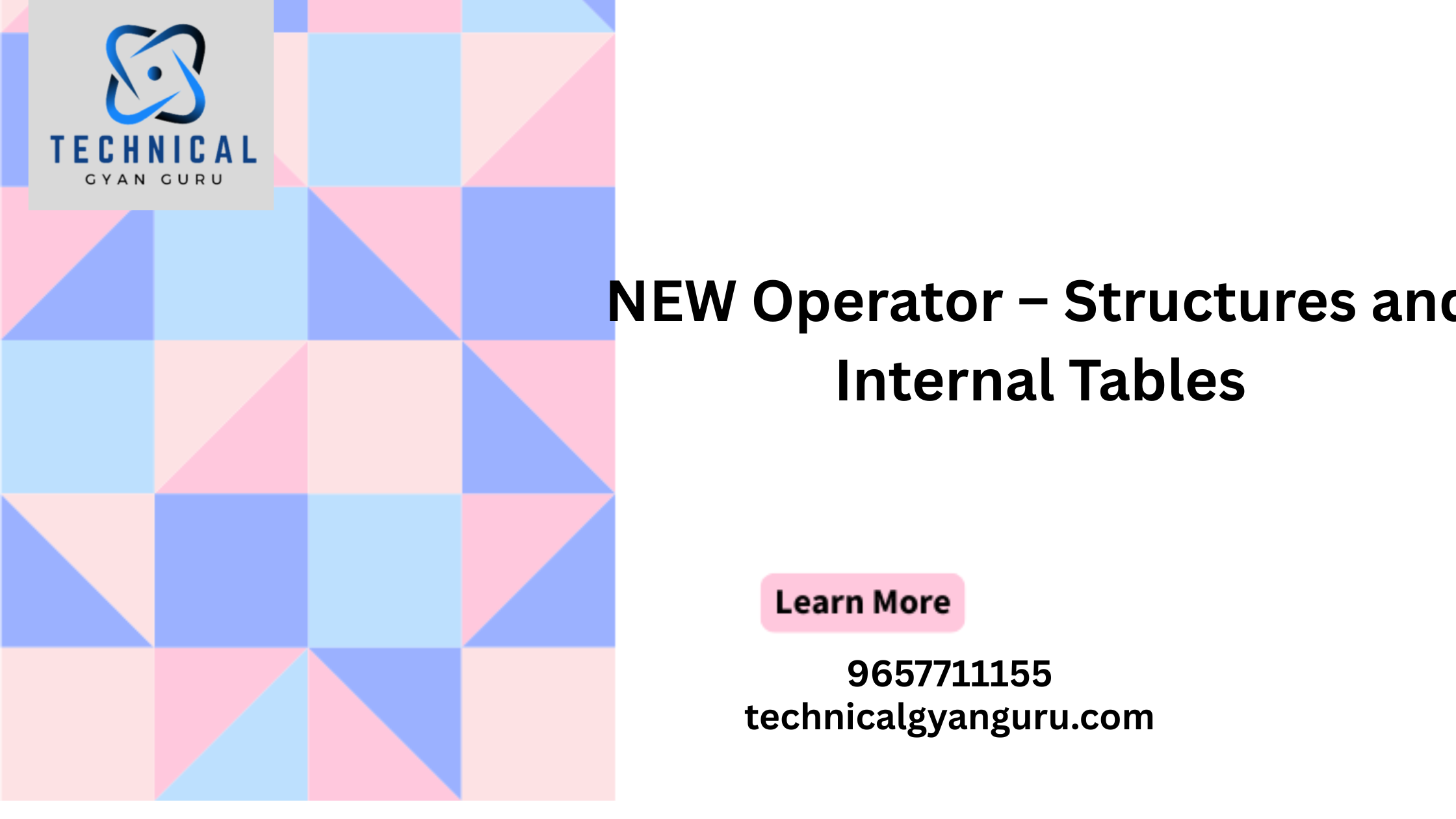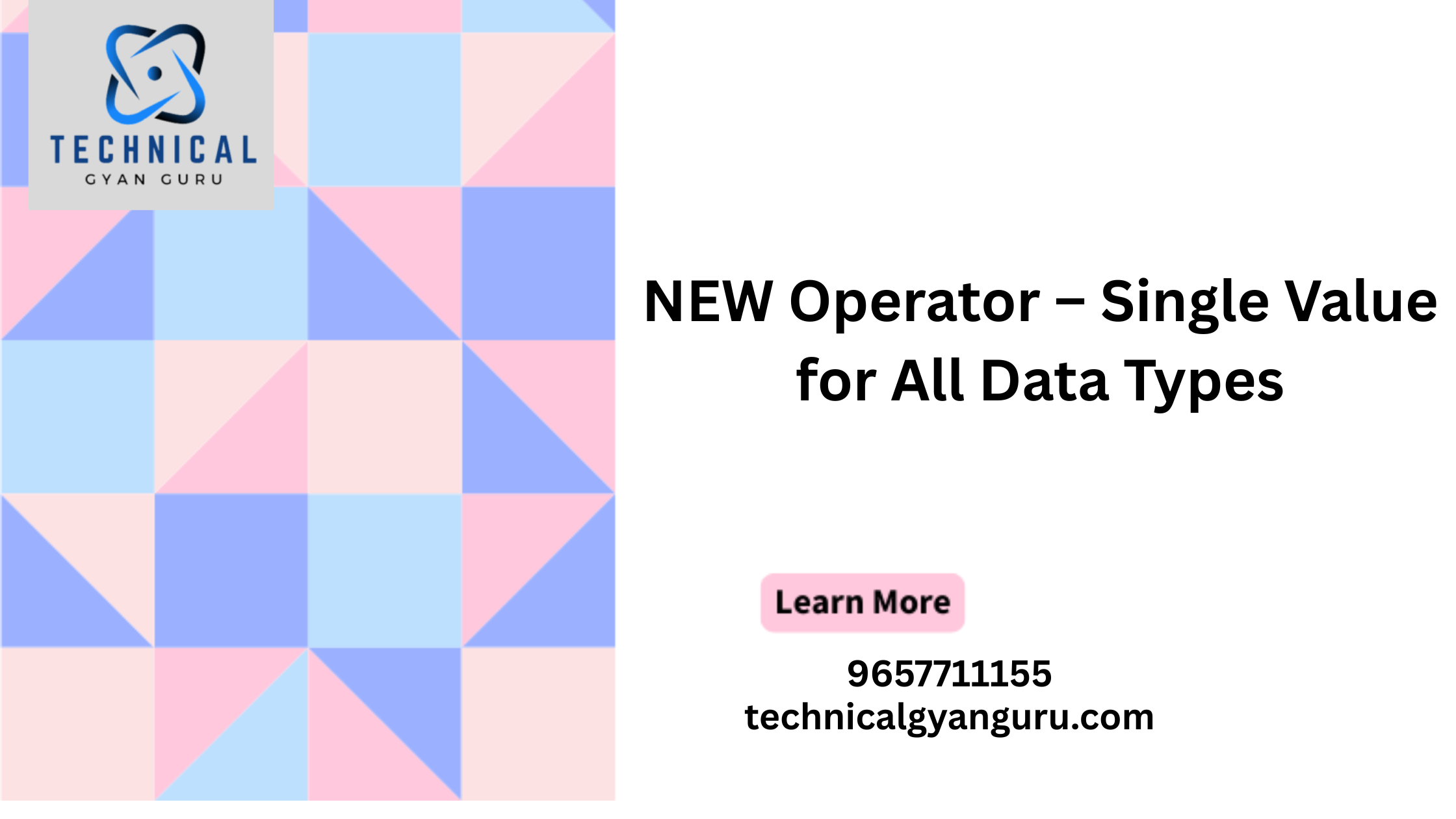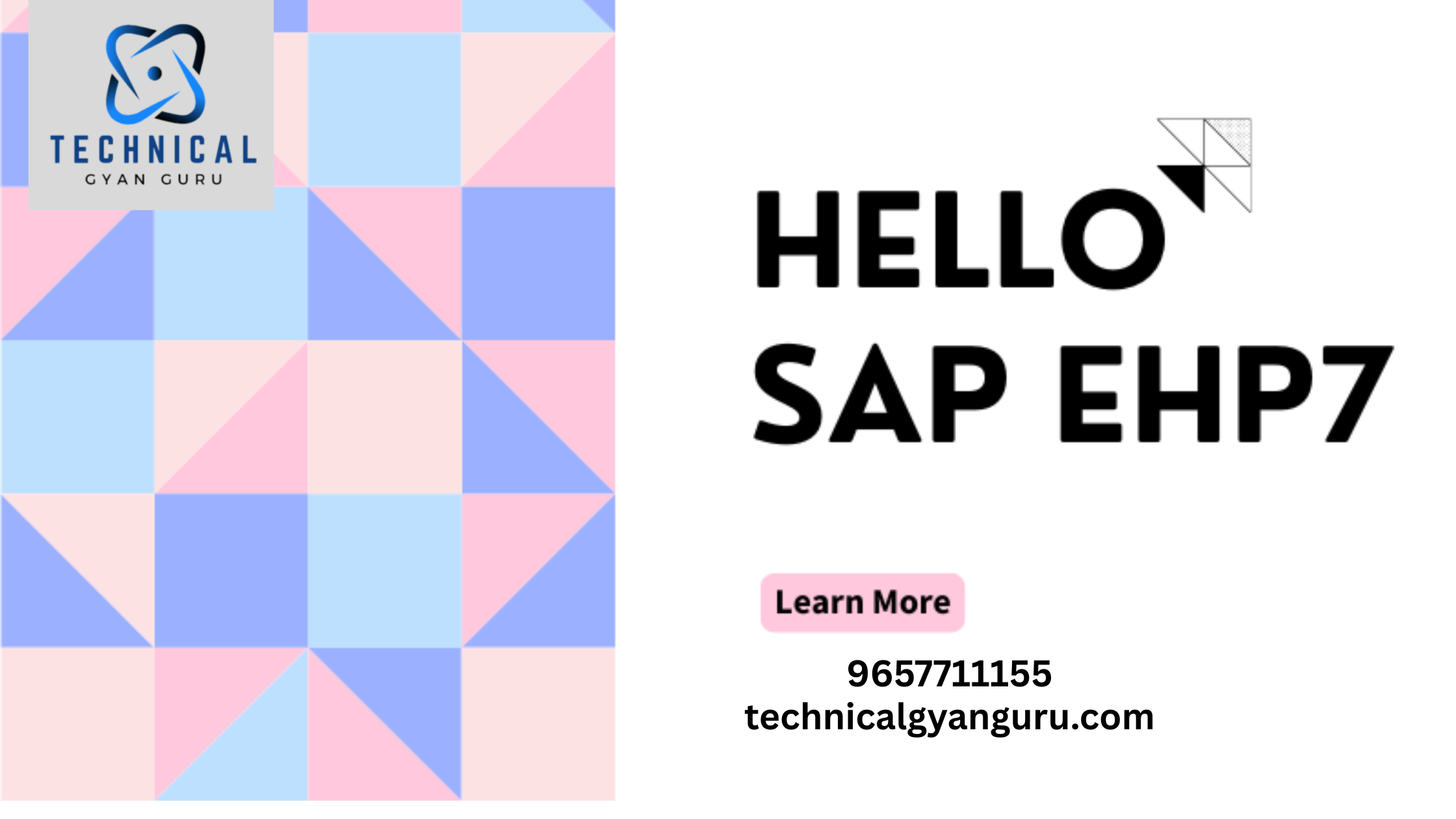Introduction: Organizational Management in SAP HCM
Organizational Management in SAP HCM: In the ever-evolving landscape of Human Capital Management (HCM), organizational success hinges on the effective orchestration of human resources. SAP Human Capital Management (HCM) emerges as a guiding force, and at its core lies the transformative concept of Organizational Management. This strategic framework empowers organizations to structure and align their workforce, fostering efficiency, agility, and adaptability in the face of change.
Understanding Organizational Management in SAP HCM:
Organizational Management in SAP HCM is a comprehensive module designed to provide a structured view of an organization’s hierarchy. It goes beyond the traditional organizational chart, offering a dynamic and configurable framework for defining and managing organizational structures, job roles, and relationships among employees.
Key Components of Organizational Management:
- Organizational Units: Organizational units are the building blocks of the organizational structure. These can represent departments, divisions, or any distinct entities within the organization. Organizational units serve as the foundation for creating a hierarchical view of the organization.
- Jobs: Jobs in Organizational Management represent positions within the organization that share similar responsibilities and requirements. Each job is associated with specific tasks, qualifications, and responsibilities, providing a standardized description of the roles within the company.
- Positions: Positions represent the individual instances of a job within an organizational unit. A position is linked to a specific employee and provides details about the duties, responsibilities, and qualifications required for that particular role.
- Work Centers: Work centers define physical or virtual locations where employees perform their work. This could include offices, production facilities, or remote work locations. Assigning work centers to positions ensures accurate tracking of employees’ work environments.
- Tasks and Relationships: Tasks and relationships in Organizational Management define the responsibilities and reporting structures within the organization. Relationships depict the hierarchy and reporting lines, ensuring clarity in the flow of authority and responsibility.
Benefits of Organizational Management in SAP HCM:
- Efficient Workforce Planning: Organizational Management facilitates strategic workforce planning by providing a clear and dynamic view of the organizational structure. This allows businesses to align their human resources with organizational goals and objectives.
- Adaptable to Change: The flexibility of Organizational Management enables organizations to adapt to changes seamlessly. Whether it’s a restructuring, expansion, or other organizational shifts, the system can be adjusted to reflect the new reality.
- Enhanced Reporting and Analytics: The structured organization of roles and relationships enables accurate reporting and analytics. Organizations can gain insights into workforce demographics, departmental performance, and other critical metrics.
- Talent Development and Succession Planning: Organizational Management supports talent development by providing visibility into the skills and competencies required for different roles. This, in turn, aids in succession planning, ensuring a pipeline of talent for key positions.
- Streamlined HR Processes: By integrating Organizational Management with other SAP HCM modules, organizations can streamline HR processes such as recruitment, performance management, and employee development. The system ensures that HR processes are aligned with the organizational structure.
Challenges and Best Practices:
Implementing Organizational Management in SAP HCM may pose challenges, including data accuracy, system complexity, and user adoption. To address these challenges, organizations should invest in comprehensive training programs, data validation processes, and change management strategies to ensure a smooth transition and ongoing success.
Conclusion:
In the journey towards organizational excellence, SAP HCM’s Organizational Management stands as a beacon guiding businesses through the intricacies of structuring and managing their workforce. By leveraging the capabilities of this module, organizations can foster agility, adaptability, and efficiency in their human resources processes. As the workforce landscape continues to evolve, Organizational Management in SAP HCM remains an indispensable tool for orchestrating success in the dynamic world of Human Capital Management.







